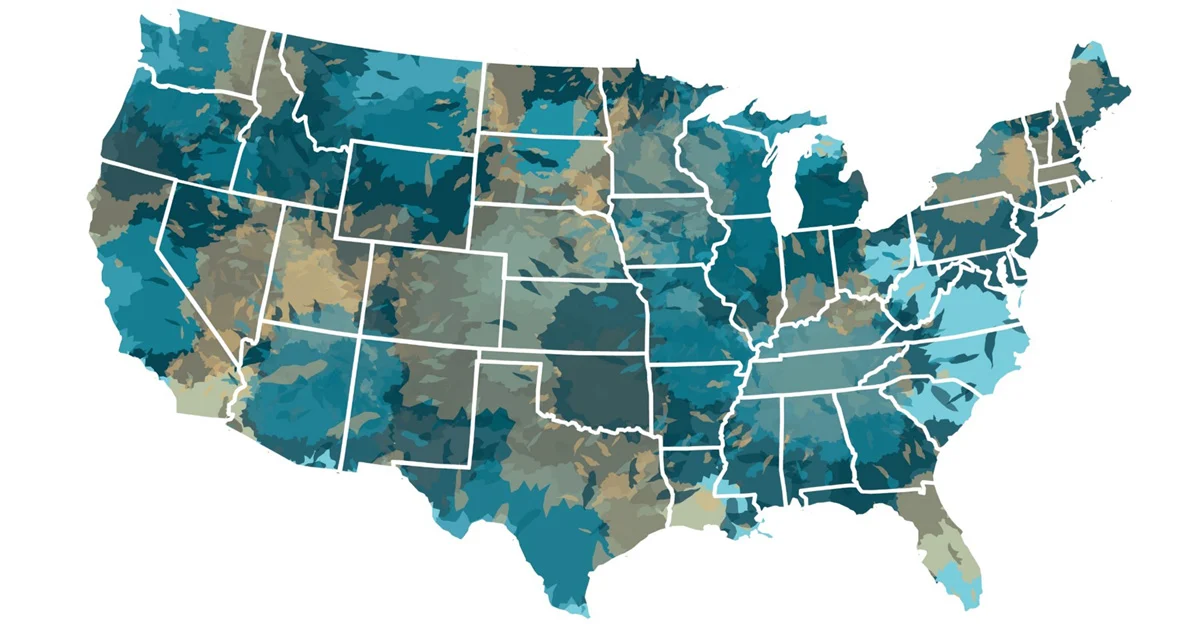Should Boards Probe Health Care Costs? Deloitte Would Say Yes.
Corporate boards have historically relegated employee and workforce concerns to management. In 2020, COVID-19’s dramatic impact on operations and employee health began changing that perspective in significant ways, leading to a more expansive approach to how boards fulfill their responsibilities.
In a recent publication, Deloitte’s Center for Board Effectiveness confirms that:
“Events related to the pandemic … have … thrust workforce management to the forefront of board agendas. In many cases an afterthought, a lagging consideration to the business and technology strategy, workforce management is now a leading priority, on an equal footing with other key areas of board focus.”
This much-needed emphasis is both timely and necessary. There is organizational risk for boards that do not press for better performance beyond the status quo. Enterprise risk programs should do more than “check the boxes” and boards must challenge those who insist they’re doing “everything they can” for employees as well as shareholders.
Mitigating Employee Health Plan Risk
ERISA, which ensures that both retirement and health plans are managed in the best interests of plan participants, tightened its regulations around retirement plans after rising numbers of class action suits resulted in billions of dollars in settlements. From imprudent investments and grossly high fees to mismanaging shared plan assets, employers were called to task for reduced earnings for employees.
As for healthcare benefits, boards can (and should) urge organizations to move away from legacy health plans that prioritize insurer and PBM profits over plan participants. This has fueled runaway employer costs, siphoned employee income, and burdened employees with medical debt when they need to use their health insurance.
Most employers and their employees are overspending on healthcare by 30% or more. This drain on corporate profits and employee income can be addressed by a modern health plan administrator with leading technology and a moral imperative to represent the best interests of employers and health plan participants.
Although it is unlikely that ERISA-driven regulatory changes around health plans are imminent, ERISA does expect organizations (and by extension, their boards) to manage health plan expenses. It is not difficult to envision employee health plan participants initiating legal action because employers and benefits consultants maintain plans with legacy insurance carriers that fail to demonstrate any cost control. Boards are encouraged to be more diligent and take proactive steps to mitigate the risk of such a scenario.
Board Responsibilities to Society
Deloitte cites the 2022 Edelman Trust Barometer, whose top ten findings reinforce the role business plays as the society’s most trusted institution. Respondents affirm that “societal leadership is now a core function of business” and that “business needs to step up on societal issues.”
There are few societal issues or obligations more critical than addressing the challenges of today’s healthcare system. As an integral part of this system, employer health plan sponsors have an enormous responsibility and cannot afford to be complacent actors. A greater emphasis on employee health and wellbeing is needed, as supported by Springer, which finds that some boards “view health as a business opportunity or even a moral obligation.”
Although 54% of the population receives health insurance through an employer health plan, 29% of those with employer coverage are functionally uninsured. Legacy health plans subject employees to immense financial distress and instability, often resulting in bankruptcy and crippling debt from which many struggle to recover.
Corporations and their boards have responsibilities to employees as well as shareholders and when it comes to employee health, those priorities are not mutually exclusive. Private sector employers need to embrace the growing workforce stewardship taken by many state and municipal government leaders as they root out unnecessary spending and seek more cost-effective, member-focused health plan alternatives.












